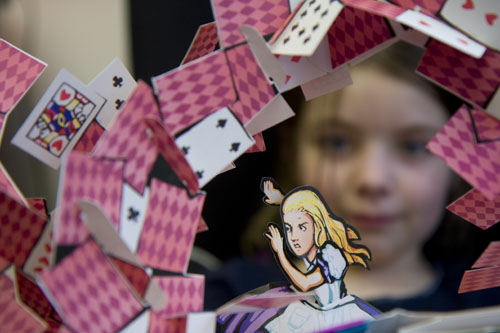
“Take some more tea,” the March Hare said to Alice, very earnestly.
“I’ve had nothing yet,” Alice replied in an offended tone, “so I can’t take more.”
“You mean you can’t take less,” said the Hatter. “It’s very easy to take more than nothing.” Lewis Carroll – Alice’s Adventures in Wonderland
I believe it is the logical nonsense in Lewis Carroll’s Alice’s Adventures in Wonderland that continues to entertain me each time I read the stories. When I need to escape the burdens of conventional daily life, I take great delight in re-reading Carroll’s stories and allowing myself to become Alice, drifting through a place that blurs the lines between imagination and reality and where all things nonsensical somehow make utter sense.
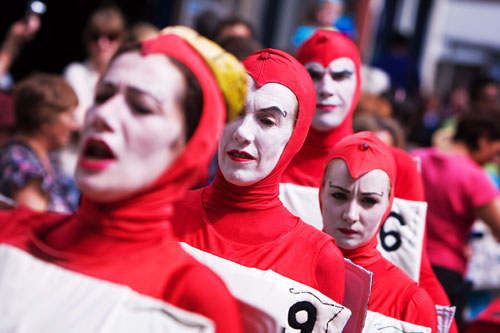
Alice’s Adventures in Wonderland began as a fairytale to pass the time during a boating expedition on the River Thames in Oxford, England on Friday, July 4, 1862. Alice Liddell and her two sisters, Lorina and Edith, begged Charles Dodgson (whom the little girls called Mr. Dodgson) to tell them a story. According to Alice Liddell, “Mr. Dodgson told us many many stories… he seemed to have an endless store of these fantastical tales, which he made up as he told them, busily drawing on a large sheet all the time.” On that particular day, Mr. Dodgson (a.k.a. Lewis Carroll) told the story of Alice falling down the rabbit hole into a world called Wonderland. Immediately after the trip, little Alice Liddell, who greatly enjoyed being the heroine of his amazing adventure, urged Dodgson to write down the story for her. Indeed, the only reason that Alice’s Adventures in Wonderland, among the countless stories Carroll told, got written down at all was that Alice begged him to.
One hundred and fifty-one years later, the town of Oxford still proudly celebrates this historic event as close to July 4th as possible. This year on Saturday, 6th July, the town in which Alice’s Adventures in Wonderland was born will be bursting with Alice-themed activities for Alice’s Day, a family day produced by The Story Museum and their partners, when the best news of all is that most events are free.
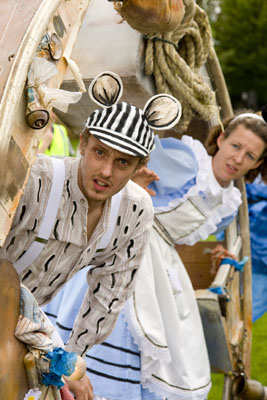
And the theme for Alice’s Day 2013? Ta-dah… why “nonsense,” naturally. All of Oxford has once again gotten into a “nonsense” spirit for this significant occasion. The ancient well chamber at Oxford Castle has been transformed into an underground Wonderland. Christ Church College, where Charles Dodgson lived and worked, has an exhibition of nonsense poetry and art by local school children. Young poets in the making are hard at work creating new poems for the nonsense poetry competition at Blackwell’s bookshop. An exhibit of Salvador Dali’s mixed media illustrations of Alice’s Adventures in Wonderland (a rare opportunity to see the originals) is at the Bodleian Library. Flying boats and Christmas in July may sound like nonsense but decide for yourself at the Pitt Rivers Museum’s exhibit. Another exceptional “nonsense” exhibition can be viewed at O3 Gallery. This will examine how “nonsense” challenges and confuses what we understand as “normal.” The exhibit features the work of talented artists from a variety of media and explores the ways creators have worked to harness “nonsense” as a means of subverting “reality.” Most intriguing to me is the “nonsense” to be found at The Story Museum itself. The London based theater company, Teatro Vivo, will take over The Story Museum for a promenade production of Adventures in Wonderland. This production has no Alice since that role is taken by the audience. Does the audience playing the role of Alice sound like another opportunity for utter nonsense?
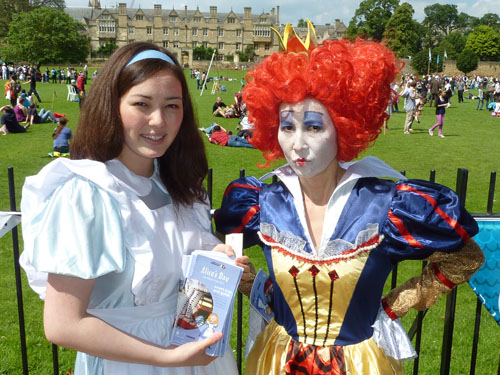
“A likely story indeed!” said the Pigeon, in a tone of the deepest contempt. “I’ve seen a good many little girls in my time, but never one with such a neck as that! No, no! You’re a serpent; and there’s no use denying it. I suppose you’ll be telling me next that you never tasted an egg!”
“I have tasted eggs, certainly,” said Alice, who was a very truthful child; “but little girls eat eggs quite as much as serpents do, you know.”
“I don’t believe it,” said the Pigeon; “but if they do, why then they’re a kind of serpent: that’s all I can say.” Lewis Carroll – Alice’s Adventures in Wonderland
And all I shall add is — it all makes utter sense!
For more information: http://www.storymuseum.org.uk/the-story-museum/alice
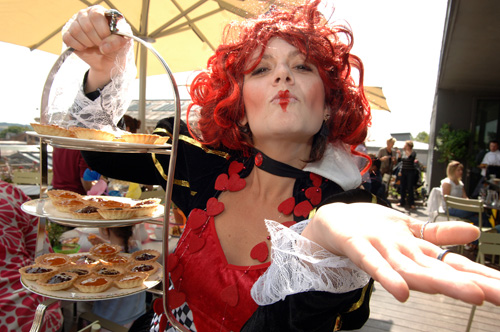
All photos are courtesy of The Story Museum.
For more Alice articles: click here
C. M. Rubin is the author of two widely read online series for which she received a 2011 Upton Sinclair award, “The Global Search for Education” and “How Will We Read?” She is also the author of three bestselling books, including The Real Alice in Wonderland.
Follow C. M. Rubin on Twitter: www.twitter.com/@cmrubinworld

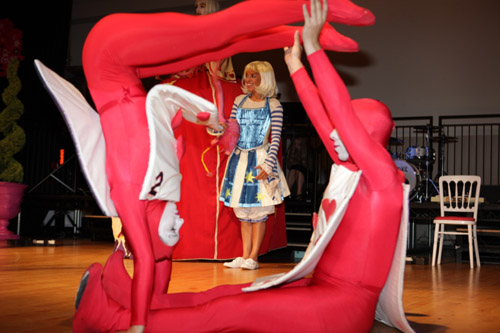
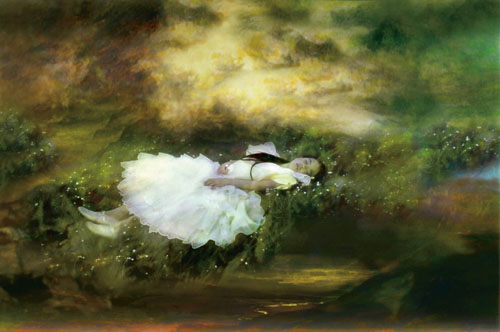
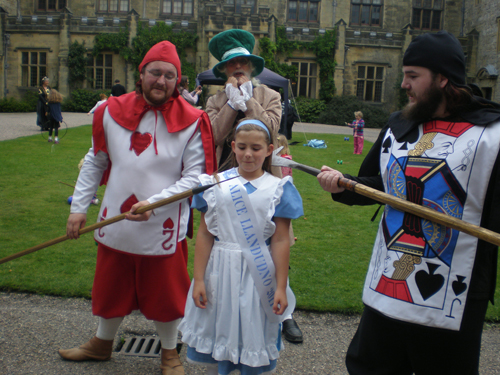
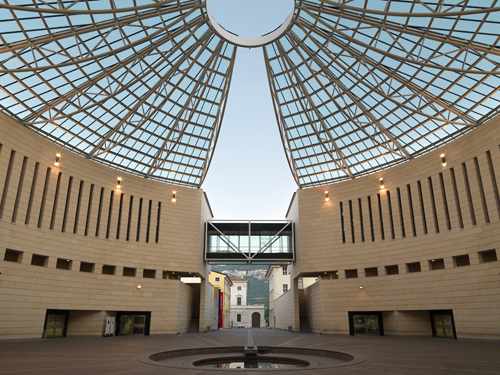
Recent Comments